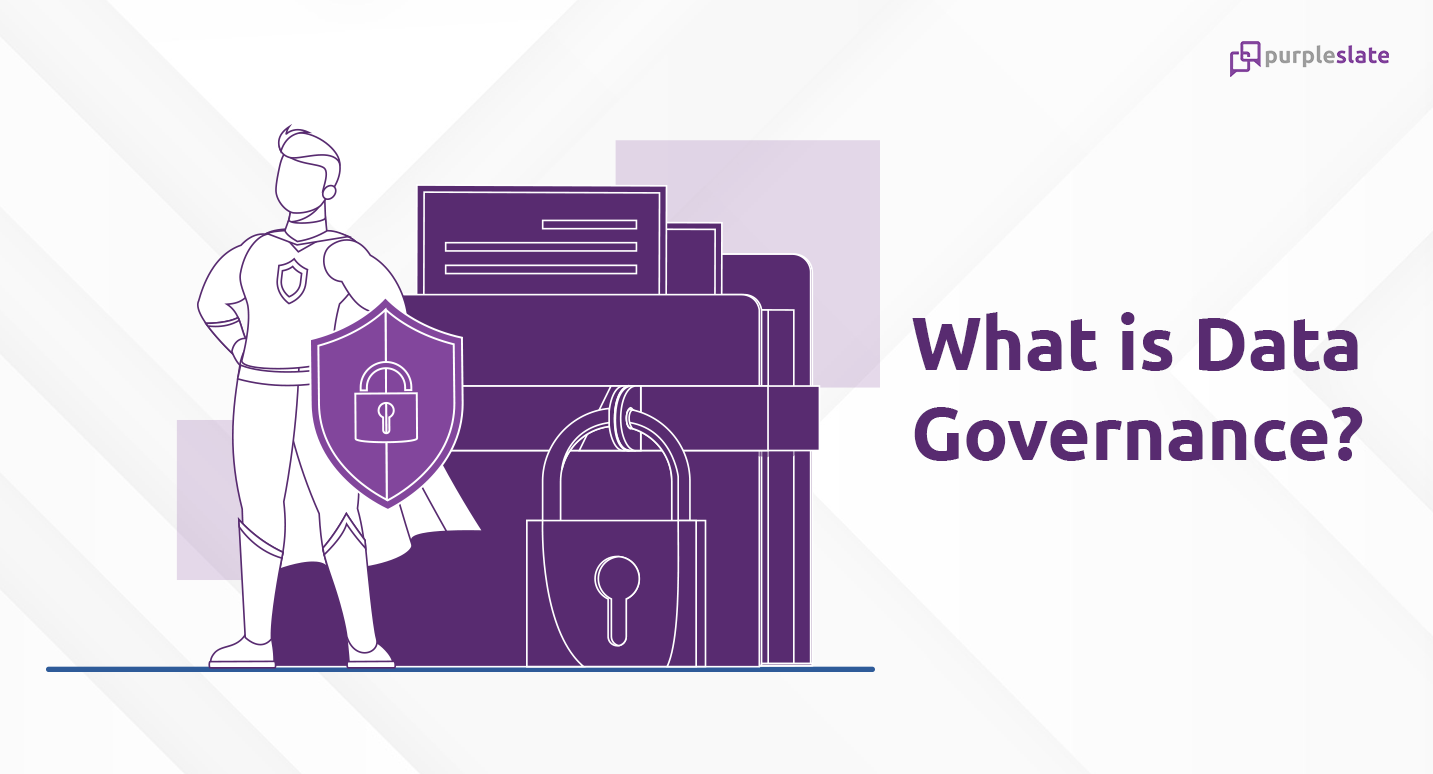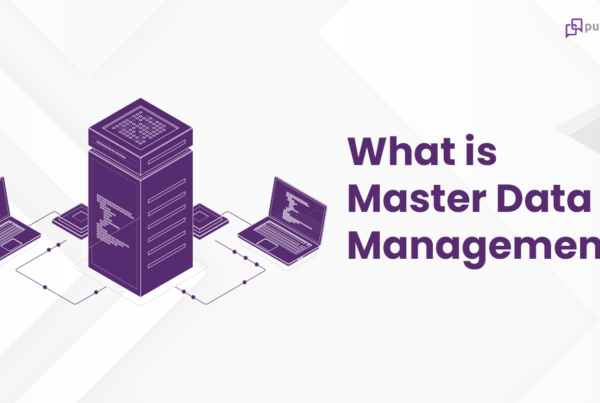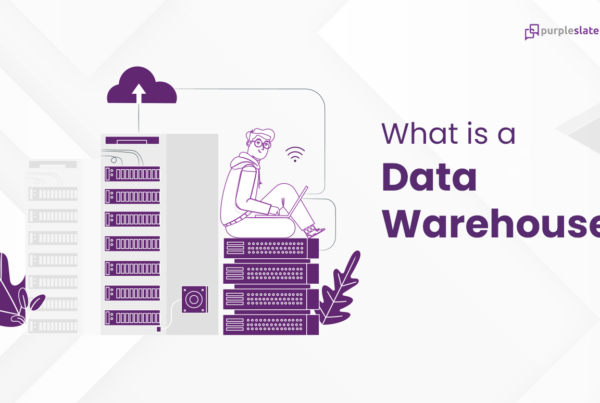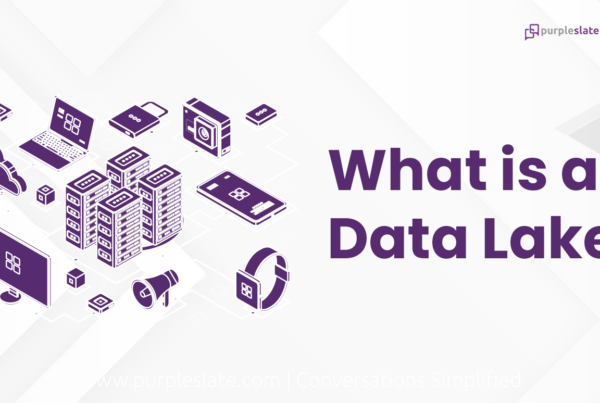
Introduction
In today’s digital world, organizations need to get smarter about managing their data. They should have a clear idea of what their business is trying to accomplish by using data, what kind of data they have and how data can be used to serve their customers and partners better. This article will help you understand the term data governance, what it is and how it can improve your business practices with regard to your company’s big data.
Defining Data Governance
”Companies must adapt their data governance program to the reality of data explosion and disruptive technologies” – Deloitte
Data governance is the process of managing data for purposes of governance, reliability, quality, and security. It is a combination of business policies, procedures, and practices that govern the collection, storage, transformation, sharing, and usage of data in the organization. It is a way to ensure data security and reliability at the same time. Data governance should be comprehensive, spanning all relevant data types and processes within the organization. However, it is important to note that there are different processes for different types of data. For example, you need to have a data governance process for your data collection in general, but expect that process to change for client’s data, employee data, etc.
Framework to Define Data Governance
A data governance framework establishes the groundwork for data strategy and compliance by providing a data model that describes the data flows, inputs, outputs, and storage parameters, followed by a governance model that outlines the guidelines for handling those data flows, activities, responsibilities, procedures, and processes. The framework is dependent on three critical factors.
- Data Scope: This includes the type of data, the nature of the data, and so on. Some common examples would be analytical data, big data, master data, etc.
- Defining Roles: Understanding the different roles and responsibilities defined for the data leaders who will be setting up the data governance process like chief data officer, business head, internal IT team, and more.
- Data Standards: Defining the standards and guidelines that need to be followed for data capture, processing, management, and other data processes to have a templatized approach.
Framing the Process of Data Governance
Properly integrating data governance into an organization’s data creation, data management, and protection processes, can help businesses amidst the ongoing technology disruption. As Deloitte calls it, “Developing an effective data governance program for the next-generation platforms staged to manage this landscape (of disruptive technologies and data explosion) is essential to harness the data’s potential and to help minimize risks.”
A robust process is a major player in setting up good data governance practices and they are broken into two major parts.
Documentation and data process definition
In addition to being an audit requirement, documentation should clearly delineate all processes. Furthermore, procedures should be reinforced through training and motivational incentives. Make sure the following steps are involved while implementing any new data-related practices.
- Identify: Understand your business processes and identify the data types you need to collect.
- Govern: Establish policies to govern data usage, control access, and audit usage
- Purge: Get rid of data that is no longer relevant or used.
- Review: Continually evaluate data practices and identify ways for improvement.
Data integrity requirements
There are chances of loss of data integrity during data collection due to several aspects including human error. Automating the process with simple equipment like bar code scanners, and QR code scanners can go a long way in ensuring the authenticity and integrity of the data collected.
Benefits of Data Governance
Data is at the center of all computer and technology functions, including accounting and finance, planning and control, order management, customer service, scheduling, process control, engineering, and design. Every aspect of an organization’s business nowadays relies on data. Without accurate, reliable data, these systems and functions would be ineffective. The benefits of good data governance include but are not limited to:
- Better Quality Data: Better quality data will help your business make better decisions
- Better Decision-Making: Better decision-making will result in better customer service and will improve your business’s financial performance
- Better Security: Better security helps protect your data from cyber threats and hacks.
- Better Compliance: Better compliance helps your business meet all the legal and statutory requirements
- Better Business Processes: Better business processes help your business function efficiently and effectively
Data Governance Best Practices
Experts agree that five “best practices” for data governance are essential in making the data practice stand out.
Start Simple, Complicate Later
Starting from scratch (and have never had a data governance process in place) is inherently difficult. Starting small is always wise, as it helps you to test out your ideas and grasp of data governance, acquire skills, and validate the approach. It is critical to stay focused on the big picture by documenting the high-level goals of your project (i.e., what the data governance process might look like). At the same time, you should test your approach through a “pilot” test by carving out a modest portion of your project. In other words, test your approach by validating it with a small piece of your project.
Have a Data Governance Team
A data governance team is required for any data strategy cross-enterprise project. The team will encourage the data strategy across the company and advocate for it, communicating it to others. The team will also be accountable for enforcing data strategy requirements, modeling the desired data mindset, and arbitrating data disputes among business units.
Align to a Business Case
The business case should include a high-level description of the project, a statement of the goals and objectives, expected benefits, and a timetable with milestones and indicators of progress and success (indicators). These indicators help keep the project on track as the project team assesses progress against the predetermined timeline and milestones. The business case also reminds team members of the reasons why you are doing this project and why it is critical to the organization to get it done on time and correctly.
Identify and Implement the Right Metrics and KPIs
The lack of metrics is often not an issue, but rather the opposite. Even when automated, metrics take time and labor; someone has to look at the results, interpret them, and possibly take corrective action. Too many metrics—or metrics that are not meaningful—cannot be beneficial. This can also lead to a lack of attention to truly crucial measurements. Similarly, KPIs (key performance indicators) are usually better handled by keeping a manageable number of critical and critical KPIs than by keeping all of them.
Information-Driven Change Management
Change is uncomfortable for most people because they are nervous about the unknown—the best remedy is information. Make your new processes and procedures as transparent as possible by being open with those who will be affected by them. Explain what you are doing and why. Let them know how their work lives will change as a result of the new procedures and procedures. Tell them how important it is for them to cooperate and support the changes. Involve those who will be most impacted in the planning and implementation of the new procedures. They will be in a better position to see how the changes will affect productivity, how they might be modified to be less intrusive, and how the process might be improved to provide better data.
Conclusion
Data is at the core of any business. Yet, most companies struggle with managing and using it. This may be due to the fact that many businesses don’t understand what data is and what it does for them. With the help of data governance, you can ensure that you’re creating a better experience for your users by providing them with better data. You can also use data governance to get a better understanding of your data and find out which data is no longer being used, which data is no longer relevant, which data is out of date, and which data can be replaced with better data. Data governance can help your business in so many ways, and it’s important that you learn more about it so that you can leverage data to its fullest extent.
Interested in knowing more about the concepts of data engineering? Check our data glossary to brush up on your data basics.




